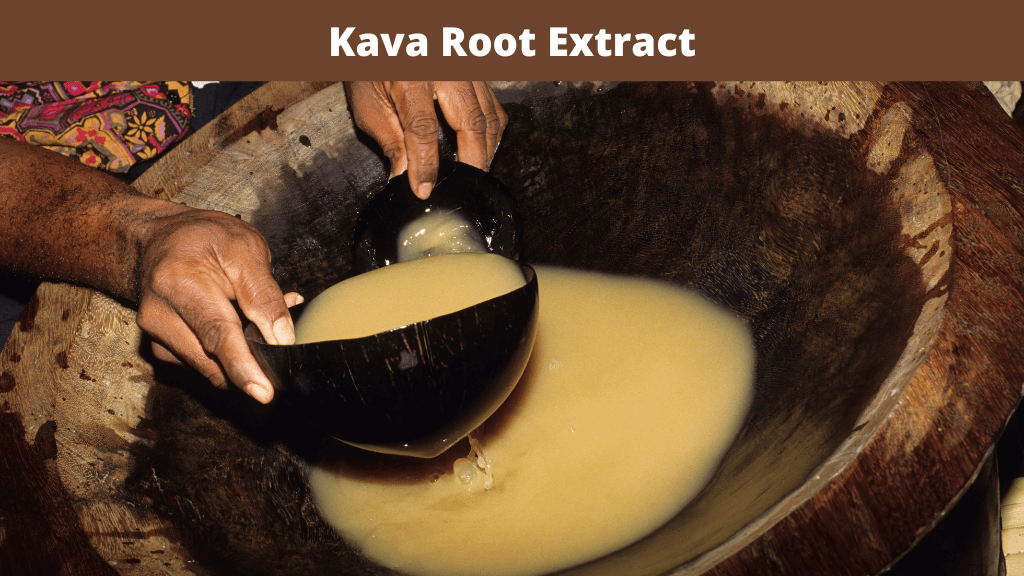What is Kava?
Kava’s scientific name is Piper methysticum. It is native to the Pacific Ocean Islands. People were known to make a paste from the roots of the kava plant. It would be mixed with water or coconut milk. They would then drink it. Kava is often advertised as Kava Kava, but it is the same thing. This tends to confuse those who are not highly familiar with this herb.
This herb has also been called kawa, waka, lewena, yaqona, grog (Fiji), sakau (Pohnpei), ‘awa (Hawaii), ‘ava (Samoa), and wati (New Guinea). Kava Kava has been utilized in many cultural and religious ceremonies. It is known to have psychoactive properties.
With any herbs or supplements, we always ask our customers to check in with their family doctor before making a purchase. This will ensure you are getting products that will help provide the best wellness support. Kratom is packed with alkaloids, but kava contains kavalactones. These are the compounds responsible for the support it offers.
What is Kava Root?
The root of the kava plant is where all the good stuff is. This is the part of the plant that users will grind up and form into a paste. The paste can then be thinned down with water or coconut milk. As a result, you are left with muddy-looking water that you can drink. The root of the plant contains a variety of kavalactones, which are said to provide you with wellness support.
Kava powder is the root ground down and left as a powder. The powder can then be used to make a drink.

Are the Leaves of the Kava Plant Utilized?
No, the leaves of the plant are not utilized in any way. This massively differs from kratom. Sometimes the stems are used but never the leaves. It is the root of the kava plant that everyone is seeking. So, you may see different products mentioning Kava root but not the leaves.
Kava Comes In Many Different Forms
Pacific Islanders would crush, chew, or ground the roots and stump of the Kava shrubs. It would then be placed in cold water to create a drink. This drink could then be utilized in ceremonies and cultural practices. However, there are many different forms in today’s world. It is offered in powder, capsules, tablets, extracts, and drops. Most people will utilize capsules or tablets as they are easy to take. However, here on Oasis Kratom, you will have access to kava extract powder.
It is a potent form of kava and can be utilized in several ways. Kava is also known to be a good alternative to kratom for those who live in areas where kratom has been banned.
Some shops offer premade kava tea, but this is not common. You can use the powder to make tea. It all comes down to personal preference and we can make no recommendations on usage.
More research is needed to fully understand kava and the support it has to offer.
History of Kava Kava
Kava was first discovered in New Guinea or Vanuatu by sea voyagers. The popularity of this herb spread into the Austronesia Lapita culture and made its way into the rest of Polynesia. Today kava is grown in Vanuatu, Fiji, Papua New Guinea, Samoa, Tonga, Pohnpei, and Hawaii. Kava is not easy to grow. This is because it cannot reproduce naturally. Female plants do not provide fruits or seeds.
This has forced farmers to use a propagation method to successfully cultivate new kava plants. The stem of a plant will be chopped into 3 to 4-inch pieces. These will then be directly planted in the ground. Farmers will carefully care for them for the next 3 to 5 years until the plants have reached full maturity. Most kava plants are grown in nurseries where they can be carefully monitored and cared for.
Currently, Fiji, Vanuatu, and Samoa are trying to extend a growing program for farmers who are interested in growing new kava plants. The growing demand has called for more kava farmers.
This growing program offers an inside look at industry regulations, training, and testing methods. Adverse weather is the biggest issue that farmers face.
Droughts or too much rain can destroy kava plants. Unfortunately, the Pacific Islands are well known for getting this type of weather. Loss of crops can prove to be a real hardship for kava farmers. Most plants will take 3 to 5 years to fully mature into a bushy shrub that can be harvested.
At this point, the Kavalactones would have reached their peak potency levels. Most plants will be topping out at around 6 feet tall.
As the stalk of the plant thickens, it is common for additional stalks to grow off the original stems. The roots of the plants can reach up to 25 inches in depth.
When farmers are harvesting they will be extra careful to extract all of the lateral roots, which are known to have the highest levels of kavalactones.
Can You Buy a Kava Plant Locally?
Finding a Kava plant may not be as easy as you think. These plants require tropical weather to thrive, so they cannot be grown in all parts of the world. However, you can get your hands on a kava plant if you are shopping online.
It may be a little more tricky to source a kava plant locally. It is not impossible, so if you are looking to source a kava plant locally you would need to check with your local nurseries, as well as any specialty shops that carry live plants.
For the best success, you want to be sure you are buying a fresh Kava plant. Most places will sell startlings versus seeds. This will give you the best chance of being successful in growing Kava.
If you have struck out with your local market. Several places sell Kava plants on the internet.
KAVA PLANTS AT ETSY
Etsy is a unique market. It is filled with crafters who offer products that cannot be sourced anywhere else. Sure enough, we were able to source a Kava plant on Etsy. Several sellers were offering fresh plants. Prices range between $45 to $70.
KAVA AT LOGEE’S PLANTS FOR HOME AND GARDEN
This small greenhouse offers several unique plants. Kava is just one of them. You can grab a Kava plant here for $18.95.
KAVA PLANTS AT WORLD SEED SUPPLY
This website is well known for having a little bit of everything. Live Kava plants start at $50. They are also a great resource for growing guides.
Can Kava Cause Liver Damage?
There have been some reports in both Europe and the United States that kava has been linked to severe liver damage. This plant has been linked to 25 liver-related problems including hepatitis, cirrhosis, liver failure, and death.
Long-term Kava usage has led to elevated liver enzymes. The sale of Kava was restricted in many places due to the fact it was linked this damage. Germany, France, Switzerland, Australia, and Canada no longer allow the sale of kava.
The FDA released a notice in the United States in 2002 advising consumers that Kava could potentially cause liver damage. More research needs to be conducted to prove that kava is responsible for liver damage.
However, you should never take kava without the supervision of your family doctor. This way they can advise you on rather or not kava is a good supplement for you. They will also be able to monitor your liver enzymes and document if there is any change while you are taking Kava.
Where To Find Kava Kava Locally
Kava can be found anywhere that herbs are sold. You should be able to find it at your local pharmacy or herbal store.
It will all come down to your location and what is offered. Of course, in today’s world, it is just as convenient to order online and have it delivered to your home.
You may even find this supplement in convenient stores. Again it depends on what is offered in your area.
In populated areas, you may notice a kava bar popping up. Many people have opted to drink kava versus alcohol and this has led to many Kava Bars popping up throughout the United States.
So, if you are in the mood to try something different, you may want to seek out the nearest Kava Bar near you!
This will allow you to try kava and see if it is for you!
